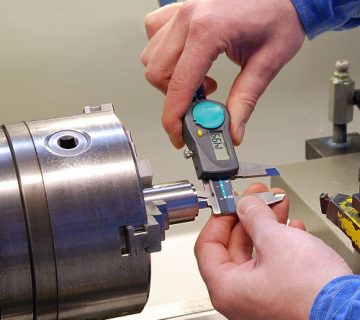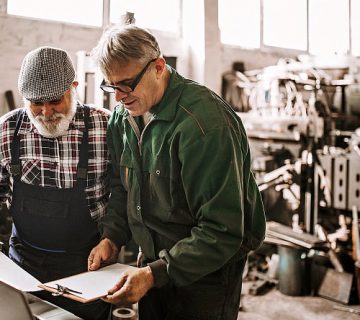In recent years, with the promotion of multi-tasking machine tools, turning-milling combined machining has demonstrated its own advantages. Turning and Milling is a process in which a rotating workpiece is machined by a milling cutter. This process combines the many advantages of milling and turning technology to improve production efficiency.
Although CNC machine tools are widely accepted and used, the development of metal cutting machine tools is still too traditional, and specific machine tools are developed according to their respective functions such as turning, milling and drilling. If the machining center of a rotating tool such as a clamping cutter or a drill bit can be integrated for CNC turning, the downtime can be reduced by reducing the number of times the workpiece is clamped and the number of times it is moved from this machine to another machine. Processing efficiency; this kind of efficiency appeal has led to the transformation of the rotary power head on the traditional CNC lathe, and thus the turning and milling composite machining. Today’s modern multi-tasking machines feature a B-axis that allows the tool to rotate and move, advanced control systems and cutting-edge CAM software to complete the main machining tasks in one setup.
The picture shows Henghe CS350-G turning and milling machine tool
There are two main forms of machining for turning and milling: the contouring of the workpiece parallel to the tool axis; and the machining of the workpiece perpendicular to the tool axis. The contour contour turning and milling combined machining is similar to the machining of the inner and outer contours of the rotating workpiece by means of helical interpolation milling; while the face machining type turning and milling combined machining can only process the outer surface. Although the turning and milling complex machining looks very similar to turning, it is as simple as turning with a rotating milling cutter, but the two machining methods are fundamentally different. The cutting speed of turning and milling combined machining is determined by the speed of the milling cutter; the cutting speed different from turning is defined by the rotational speed of the workpiece. The speed of the workpiece in the turning and milling combined machining is only related to the feed.
Turning and milling combined machining has its own application areas and advantages. First, machining non-continuous surfaces can result in intermittent cutting, such as when machining various grooves and clearing roots. In classic turning operations, this operation can create impact loads that are not conducive to machining, resulting in poor quality of the machined surface and premature wear of the tool. In the turning and milling combined machining, the tool used is a milling cutter, and the milling itself is interrupted cutting during the periodic change of the load.
Second, when the material to be processed is a long chip material. In turning, chip forming is a difficult task; finding the right chipbreaker for the turning tool is not an easy task. Milling cutters for turning and milling combined machining produce short chips, which significantly improves the control of the chips.
Thirdly, taking the crankshaft and the main shaft with the eccentric journal as an example, in the turning process, the eccentric mass of the workpiece such as the crankshaft neck and the eccentric cam can cause the unbalanced force to be generated, which adversely affects the machining, and the turning and milling Composite machining avoids such negative effects due to the low rotational speed of the workpiece.
The introduction of turning and milling composite machining in manufacturing not only solves the processing problem but also greatly increases the output. With a relatively new machining method, productivity will be greatly increased when a suitable modern machine tool and a properly selected cutting tool are available.






